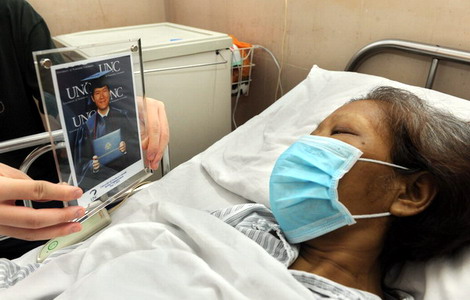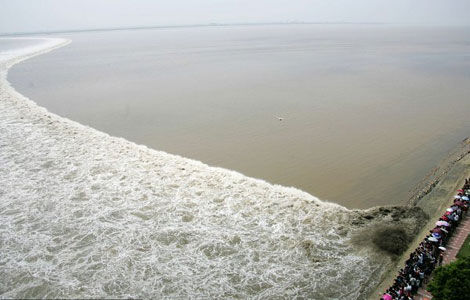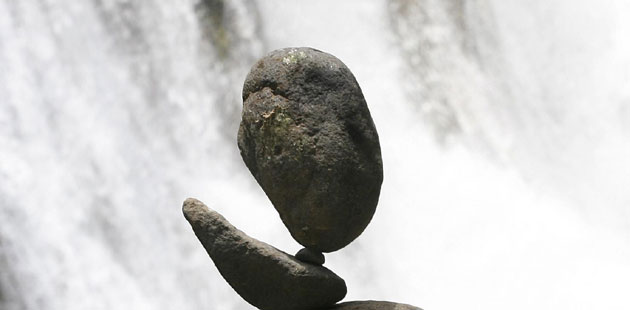Japan plans floating wind power for Fukushima
Updated: 2011-09-13 21:39
(Agencies)
|
|||||||||||
TOKYO - Japan will join the race to develop floating wind turbines to use in deepwater off its tsunami-stricken northern Pacific coast as it rethinks energy sources after the Fukushima nuclear disaster.
It aims to outpace the leaders in the sector in Europe, trade ministry official Masanori Sato said on Tuesday.
"In order to take lead in offshore wind power, we want domestic studies and developments to take place and manufacturers to boost capabilities," said Sato.
"From the viewpoint of supporting reconstruction and promoting wind power, we believe it is good to pursue research and development for offshore wind farms," he said.
In the next five years, Japan plans to spend 10 to 20 billion yen to install six or more floating turbines off the northeast coast. It will work with firms including Mitsubishi Heavy Industries and Fuji Heavy Industries , Sato said.
Globally, Norway leads the way on floating turbines with a 2009 pilot project while other countries including Britain and Portugal have studied the technology.
Japan is compiling a third emergency budget likely to be more than 10 trillion yen to rebuild its northeastern coast after the earthquake and tsunami hit in March, leaving 20,000 dead or missing and triggering the world's worst nuclear crisis in 25 years at Fukushima Daiichi nuclear power plant.
Last month its parliament enacted a bill to promote investment in renewables.
Japan, one of the world's biggest greenhouse gas emitters, has been studying whether it can install conventional offshore wind turbines in an effort to cut its carbon emissions but thinks floated turbines could suit its waters better.
After the initial five-year programme, the trade ministry hopes to develop as early as 2020 an offshore wind farm off the northeastern coast with the capacity of about 1,000 Megawatts, said Hiroyuki Iijima, another official at the trade ministry.
But its success depends on the profitability of floating turbines as well as winning over local fishermen, Iijima added.
Wind power accounts for less than 1 percent of Japan's power demand. A government panel is set to start reviewing as early as this month Japan's energy targets. It had aimed to boost nuclear capacity to meet over half of power demand by 2030 by building 13 new reactors.
Atomic power helped meet some 30 percent of Japan's power prior to the quake. Only 11 out of 54 nuclear reactors are operating now as reactors halted for maintenance checks have been kept shut. ($1 = 77.000 Japanese Yen)
Hot Topics
Libya conflict, Gaddafi, Oil spill, Palace Museum scandal, Inflation, Japan's new PM, Trapped miners, Mooncake tax, Weekly photos, Hurricane Irene
Editor's Picks

|

|

|

|

|

|






